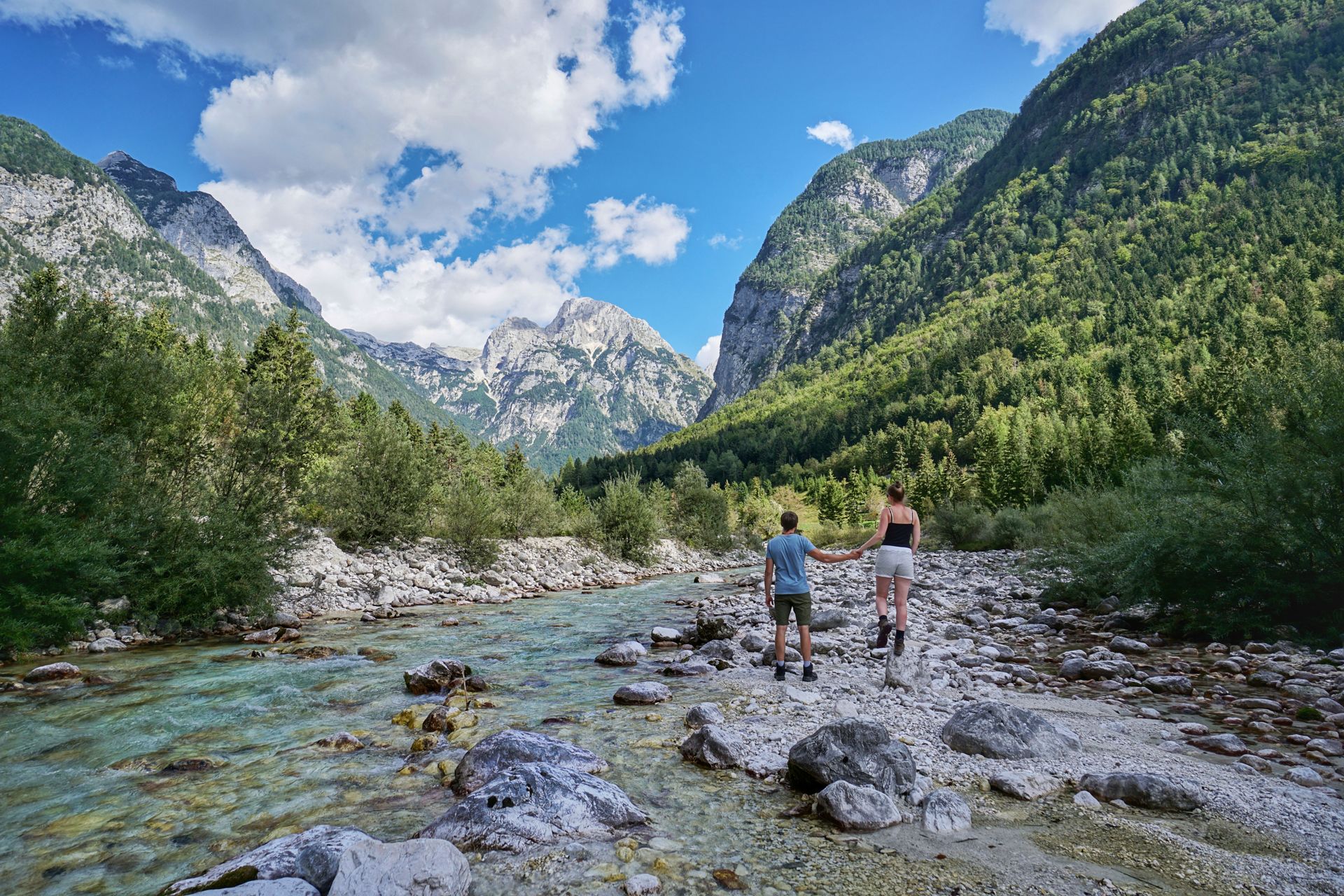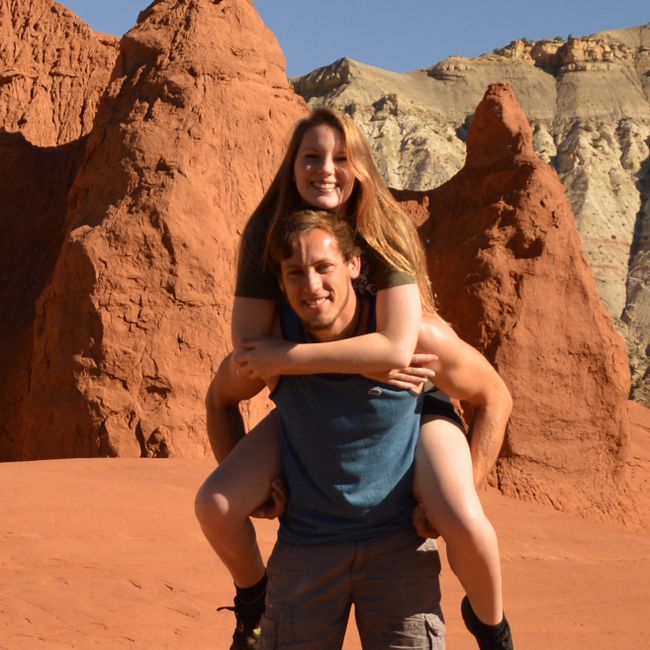Third stop: Chile, Part 2: Carretera Austral
Жарыяланган: 25.12.2018
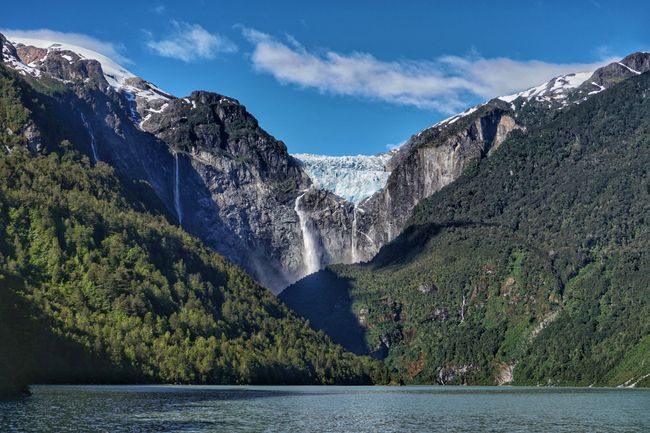
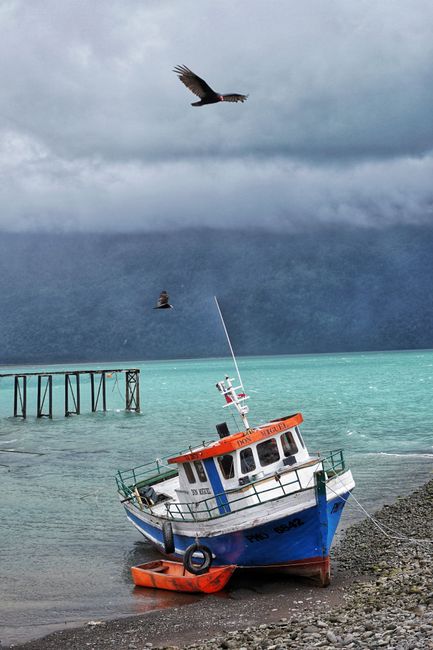
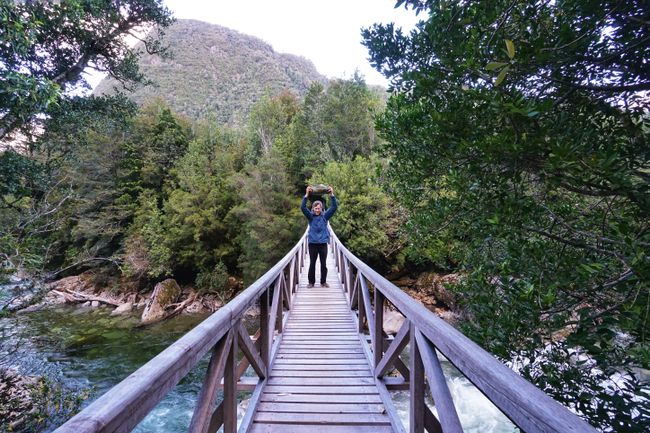
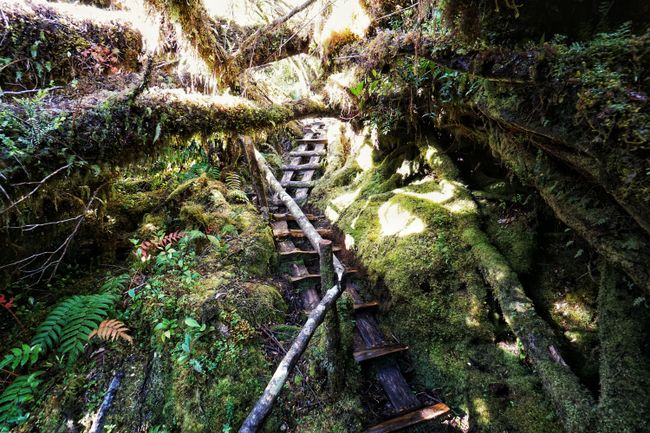
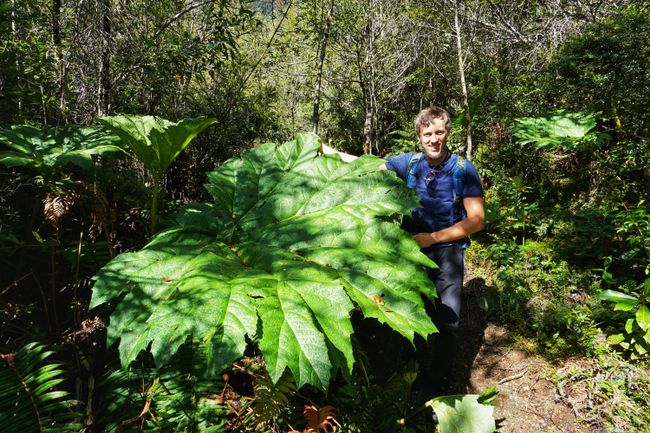
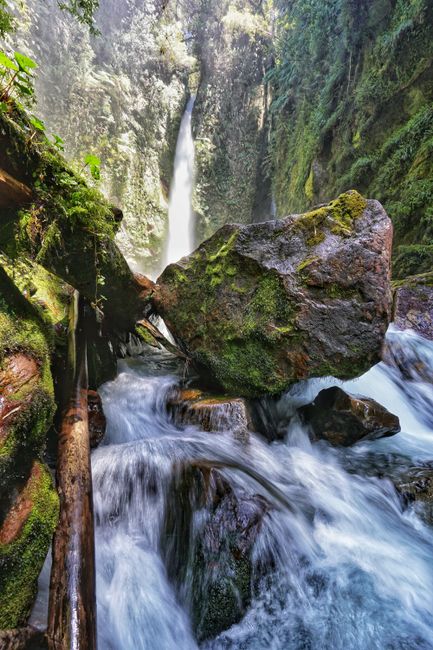
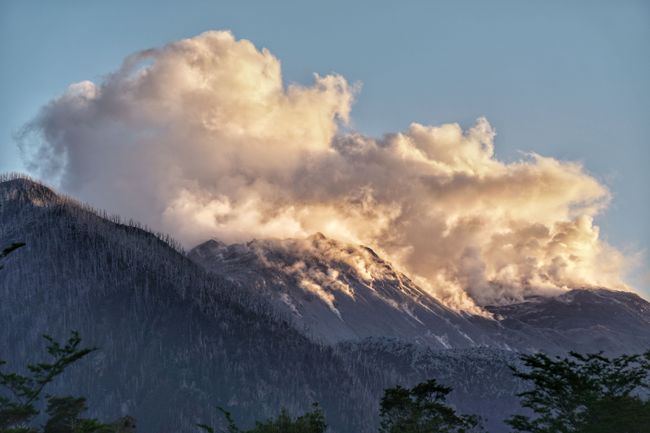
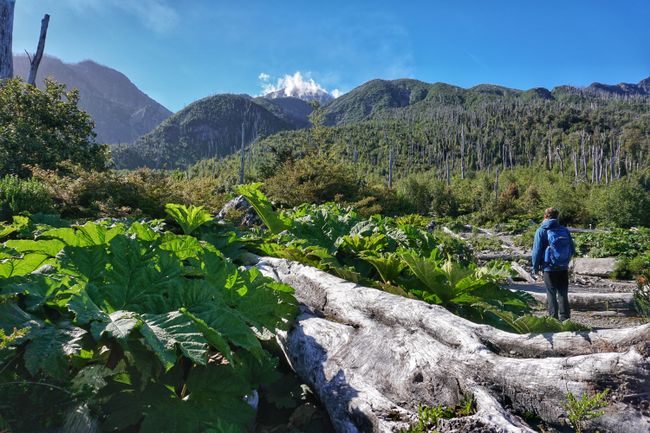
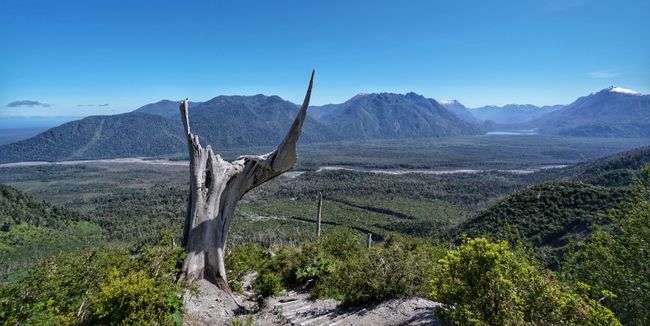
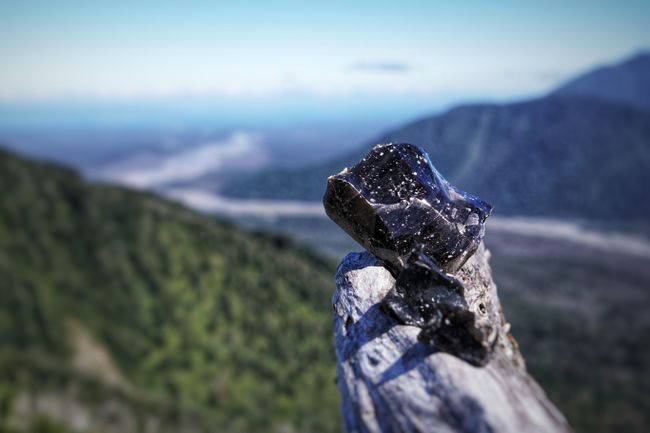
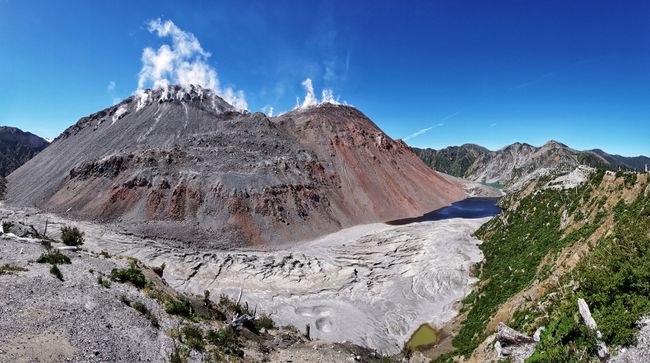
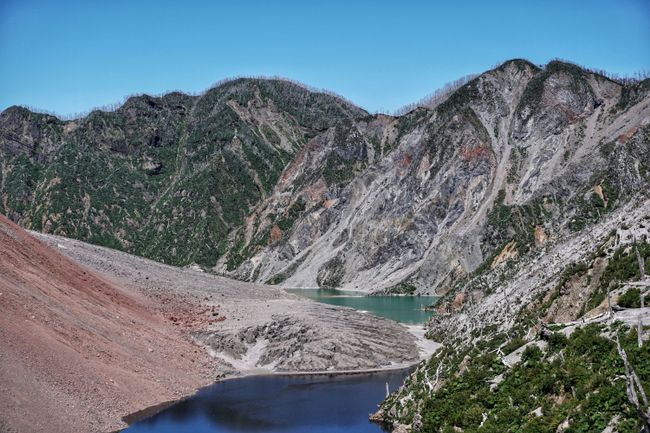
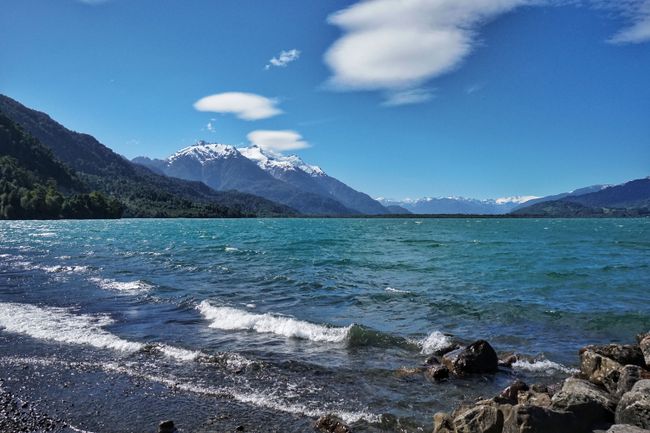
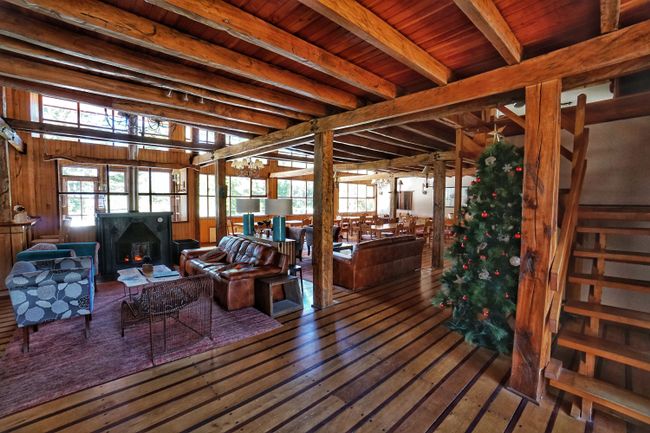
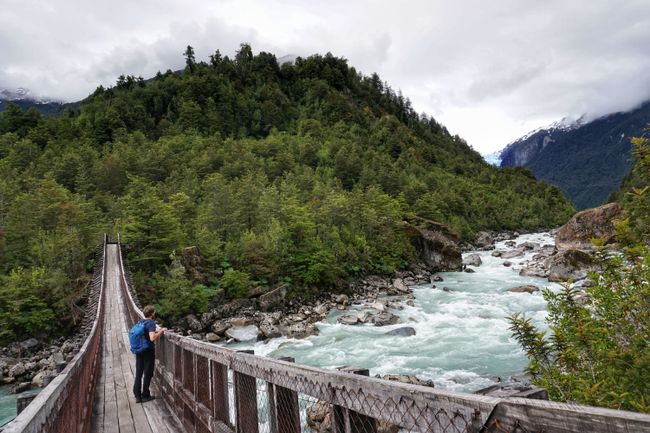
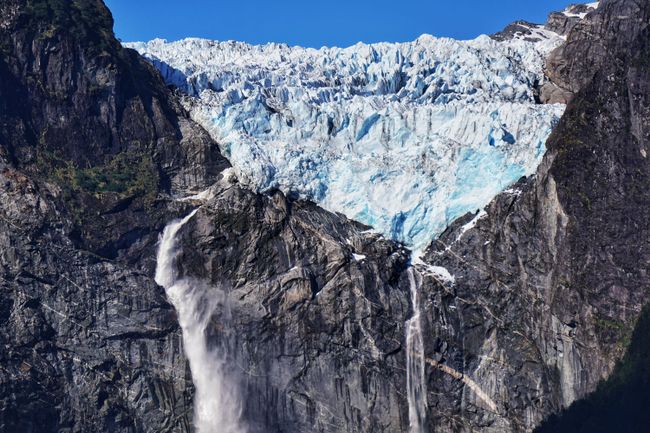
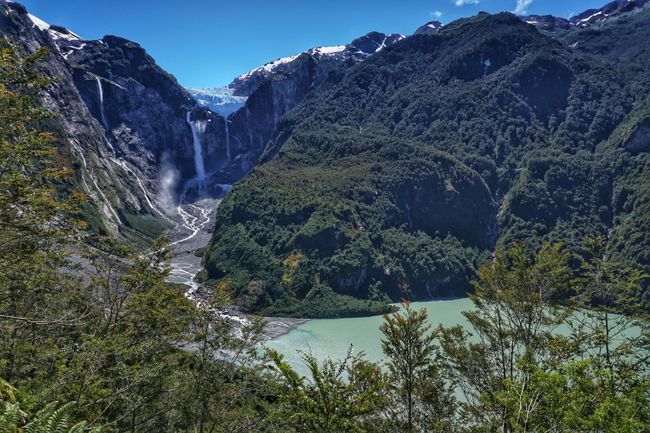
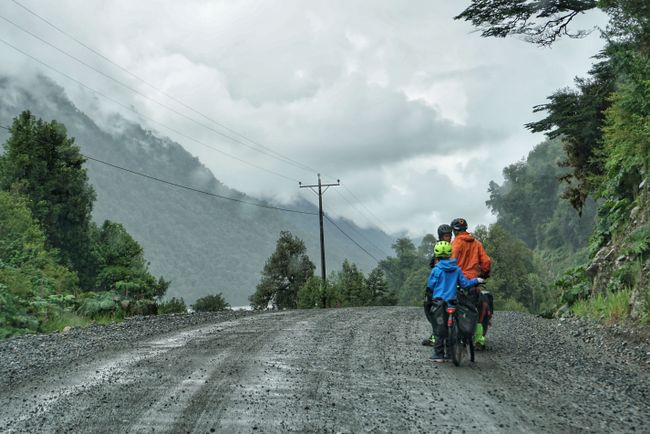
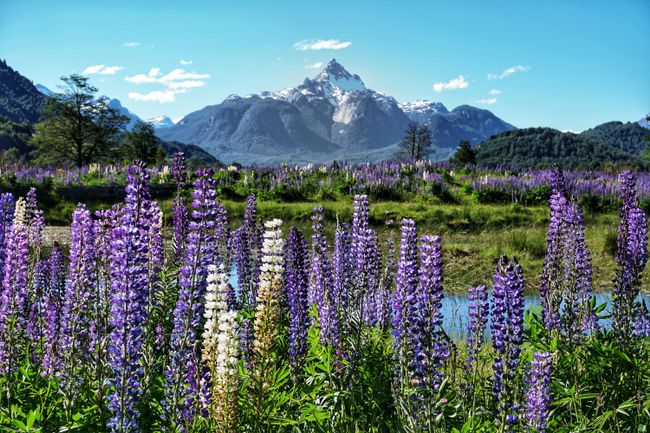
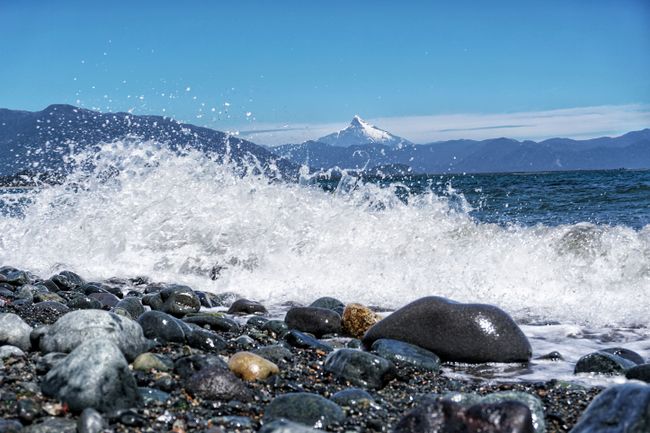
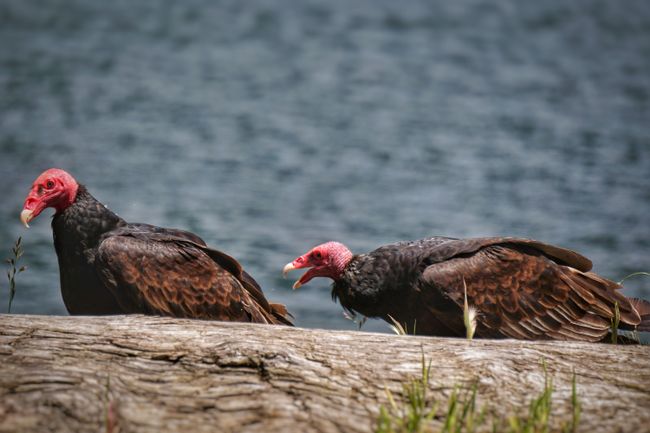
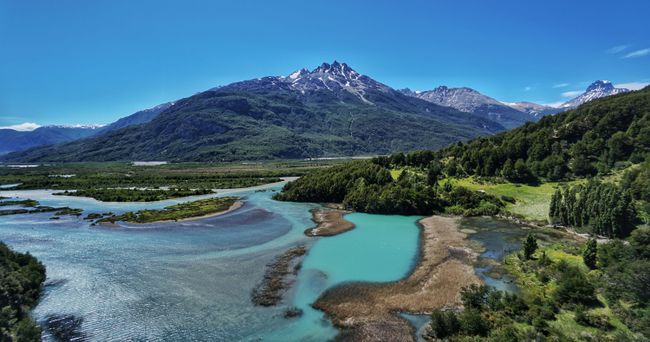
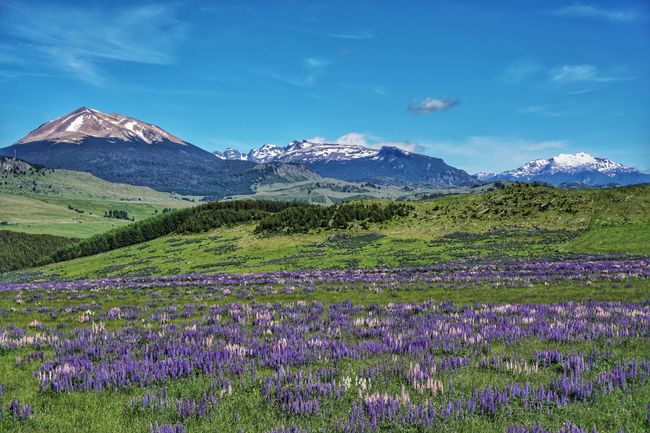
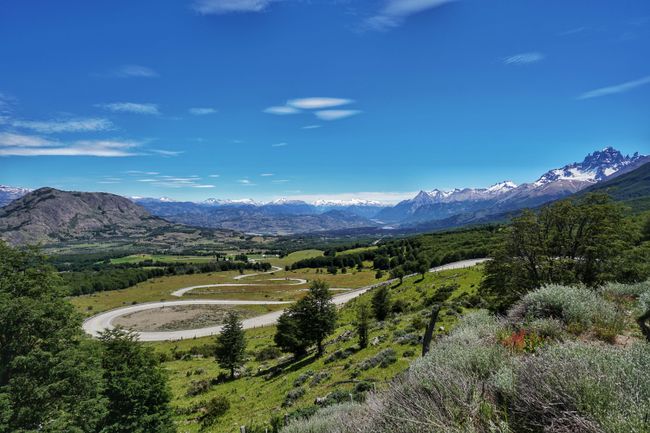
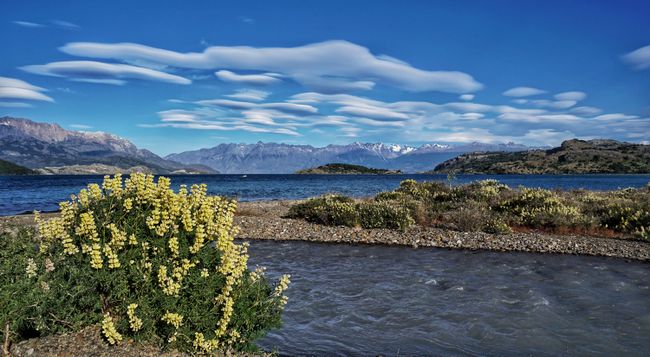
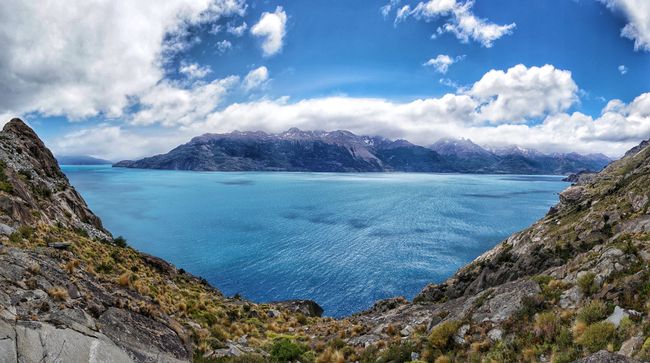
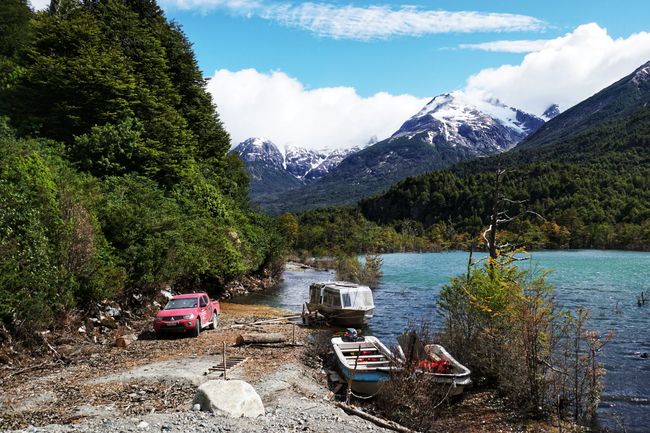
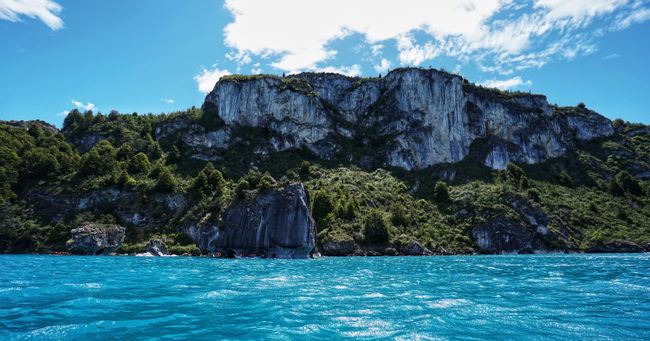
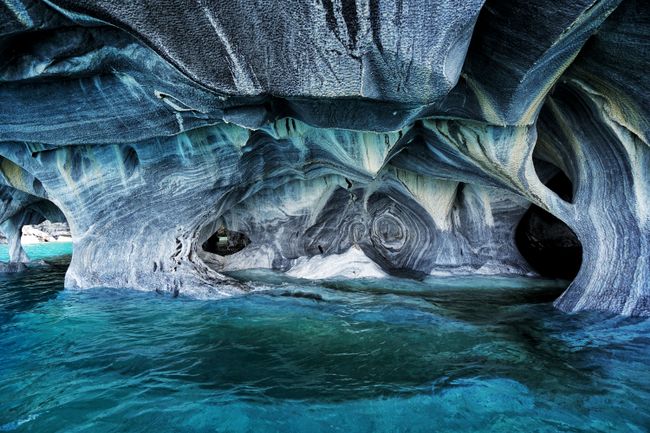
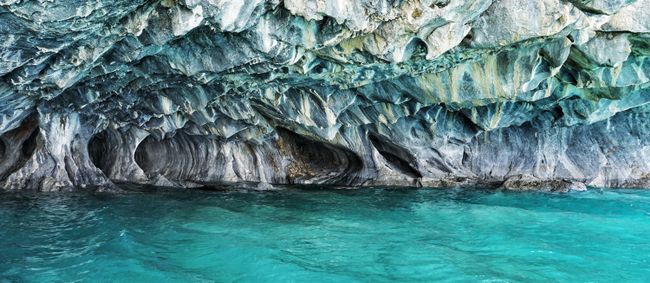
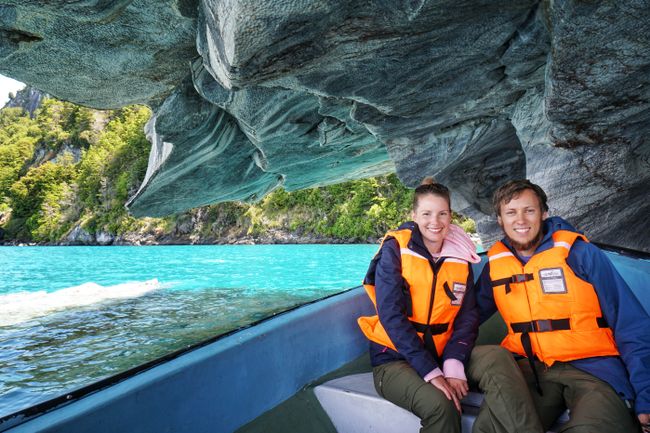
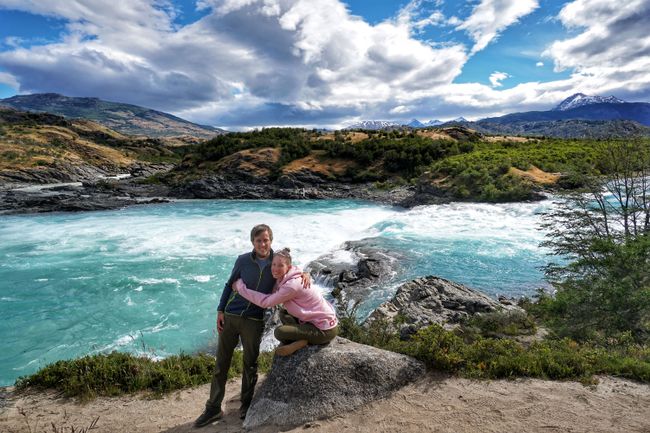
Бюллетенге жазылыңыз
Patagonia! A long-awaited dream has finally come true: We are in Patagonia, the southern part of Chile and Argentina. Now, when it comes to traveling, it's like this: Before you travel to an unknown place, you have an idea of it, fueled by photos, movies, stories, etc. They come together like the outlines of a mandala and create a first, incomplete picture. It's only when you actually visit the place, experiencing it with all your senses and all its facets, that you start to supplement and correct your perceptions, coloring the mandala, so to speak. And coloring it in is so much more fun than we thought.
Now the question is: What has been our perception of the Carretera Austral all these years? Answer: Isolation, gravel roads (if there are even any), jungle, a snowy mountain here and there, one or two beautiful glaciers, and rocky hiking trails. We also prepared ourselves for the worst weather we've ever had while camping (and it must be said, we've gone camping in Scotland in the autumn).
What did we find? In short: isolation, often paved roads, even more jungle, but also alpine-like areas with meadows and pine forests, millions of lupines everywhere you look, snow-capped mountains everywhere you turn, a glacier at every corner, waterfalls and turquoise blue rivers, and stepped, muddy hiking trails. Additionally, we actually had really good weather, so we could actually see the mountains instead of just knowing from Google Maps that there should be a snow-covered mountain next to us.
But let's start from the beginning: For us, Patagonia, like for most people, started on the Carretera Austral in Puerto Montt. From there, we headed south in pouring rain (so initially very typical for Patagonia) to Hornopirén, where you can take a ferry through the deep fjords of the region to Caleta Gonzalo. Why there's a ferry instead of roads became immediately clear to us when we boarded the ferry and the sun fought its way through the clouds: Around the fjords, you can only see steep mountains covered in dense jungle, where not even Indiana Jones would find his way.
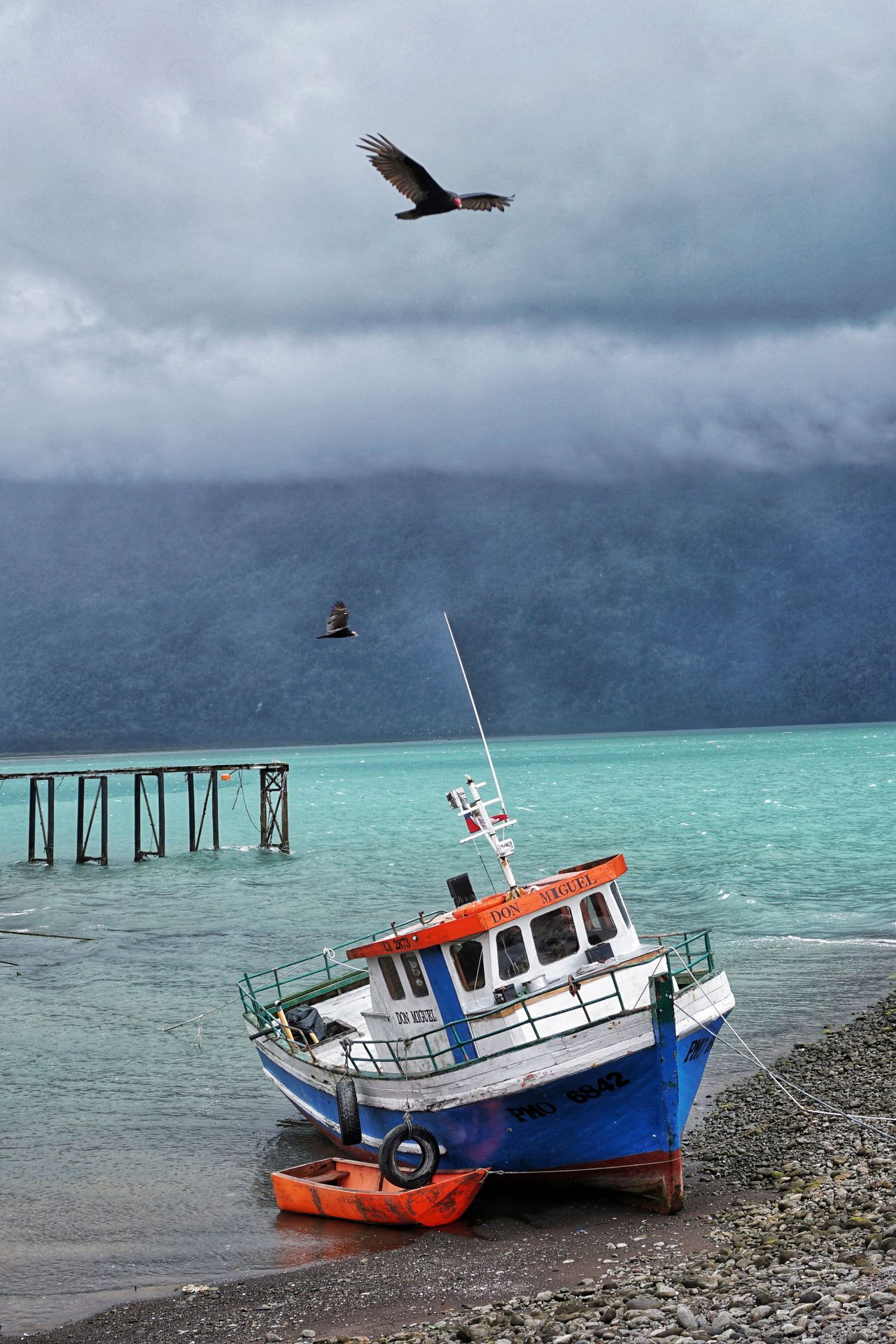
To protect this unique jungle, the founder of The North Face, Doug Tompkins, created one of the largest private parks in the world, Parque Pumalín. After arriving in Caleta Gonzalo, we were able to explore and enjoy this park. Above all, we were thrilled by the campsites, which are well-maintained, always provide a shelter for cooking and gathering, and were completely free for us in the Parque Pumalín because we were there during the off-season. The park also offers a variety of adventurous jungle hikes that took our breath away with their countless rudimentary stairs.
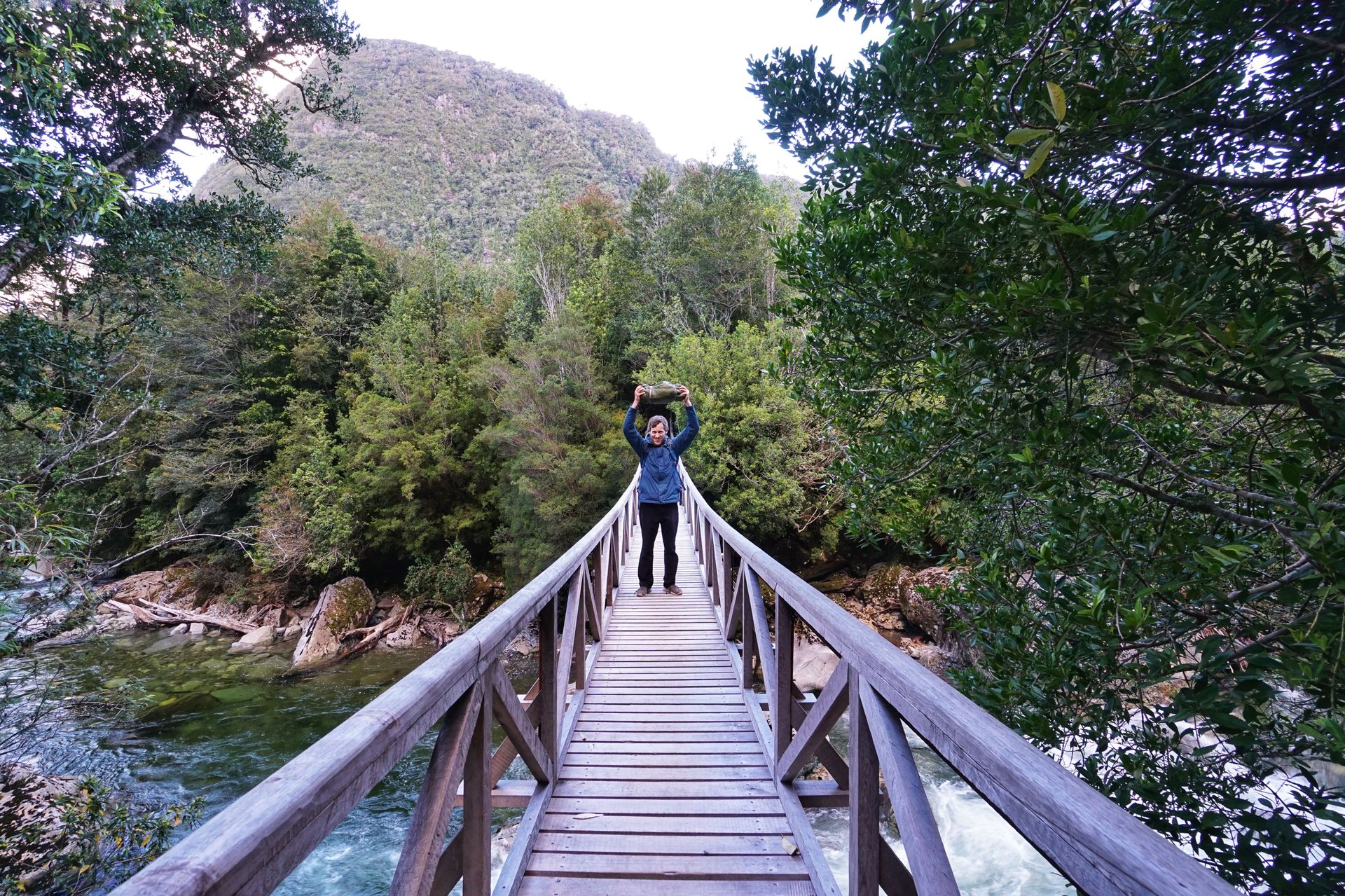



However, let's start from the beginning: Our journey in Patagonia began on the Carretera Austral in Puerto Montt. From there, we headed south in pouring rain (so initially very typical for Patagonia) to Hornopirén, where you can take a ferry through the deep fjords of the region to Caleta Gonzalo. Why there's a ferry instead of roads became immediately clear to us when we boarded the ferry and the sun fought its way through the clouds: Around the fjords, you can only see steep mountains covered in dense jungle, where not even Indiana Jones would find his way.

To protect this unique jungle, the founder of The North Face, Doug Tompkins, created one of the largest private parks in the world, Parque Pumalín. After arriving in Caleta Gonzalo, we were able to explore and enjoy this park. Above all, we were thrilled by the campsites, which are well-maintained, always provide a shelter for cooking and gathering, and were completely free for us in the Parque Pumalín because we were there during the off-season. The park also offers a variety of adventurous jungle hikes that took our breath away with their countless rudimentary stairs.




Our absolute highlight of the park, however, is the Chaitén Volcano. It only made its appearance in 2008 with a massive eruption because no one knew before that the inconspicuous hill was actually a volcano. After the weeks-long eruption, which spread its ash cloud as far as Buenos Aires, the volcano was about 200 meters higher than before and still offers an active and fascinating hiking destination today.

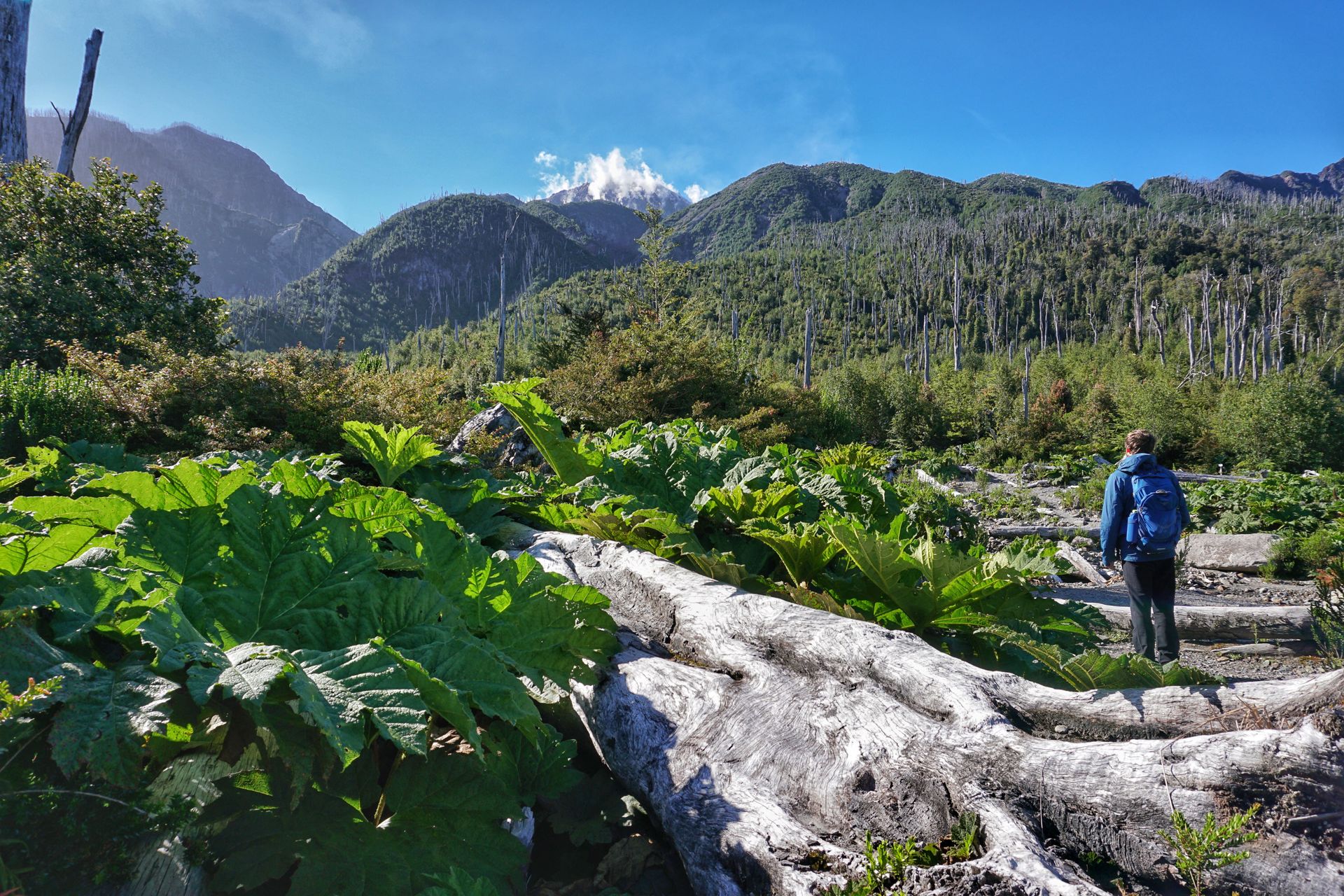
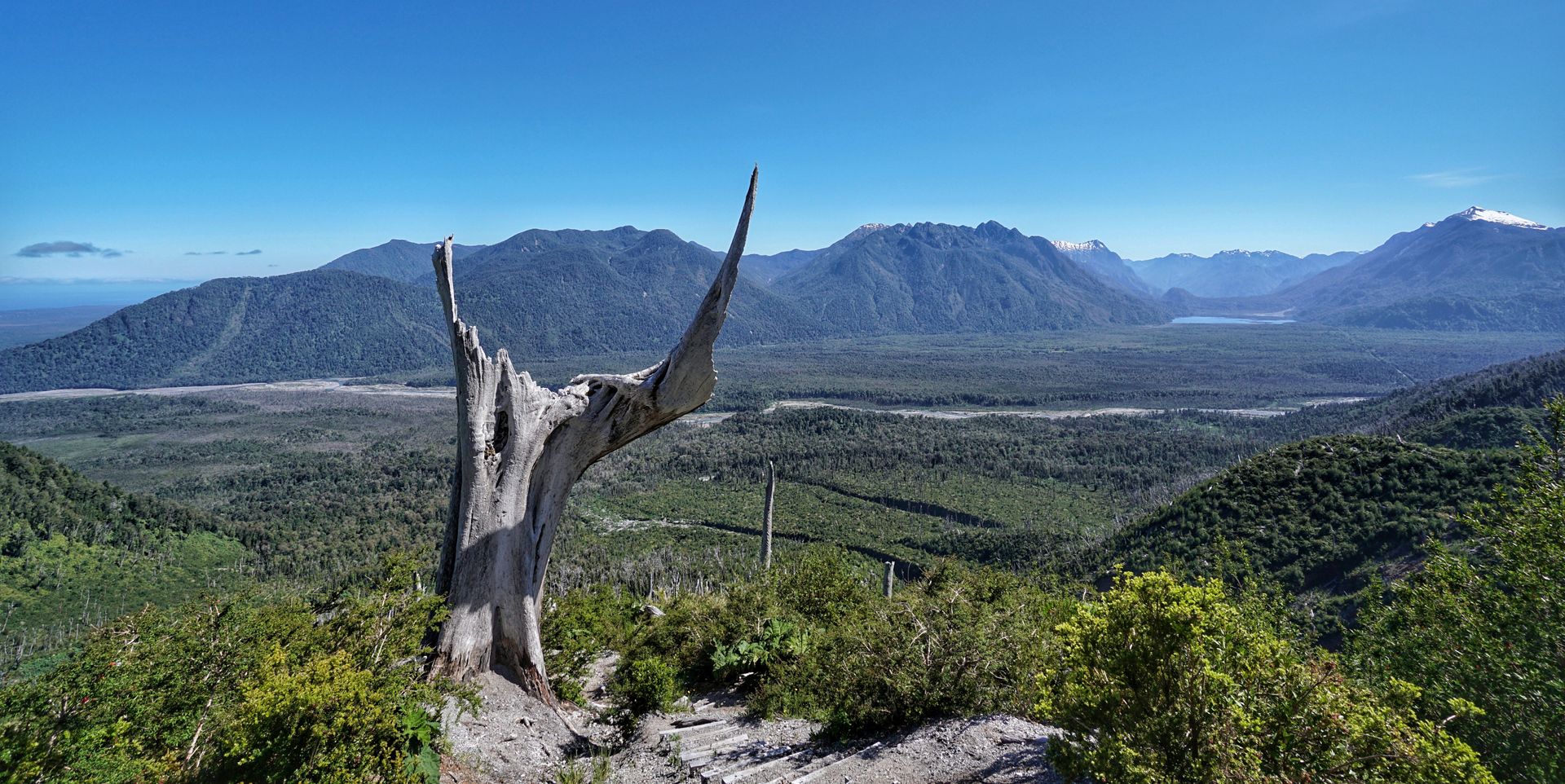



From there, we continued south, still through the jungle and accompanied by giant rhubarb and ferns along the roadside, to Lago Yelcho. This turquoise-colored lake is beautifully surrounded by snow-capped mountains and is perfect for relaxation. Here, we also had our first encounter with campsites made of pure gravel and had a typical camping experience while desperately trying to set up our tent. The only other camper was a lovely man from Pinneberg (Greetings to all our northern lights, your fellow countrymen are great) who immediately came to our aid and gave us a hammer. Campers always stick together.
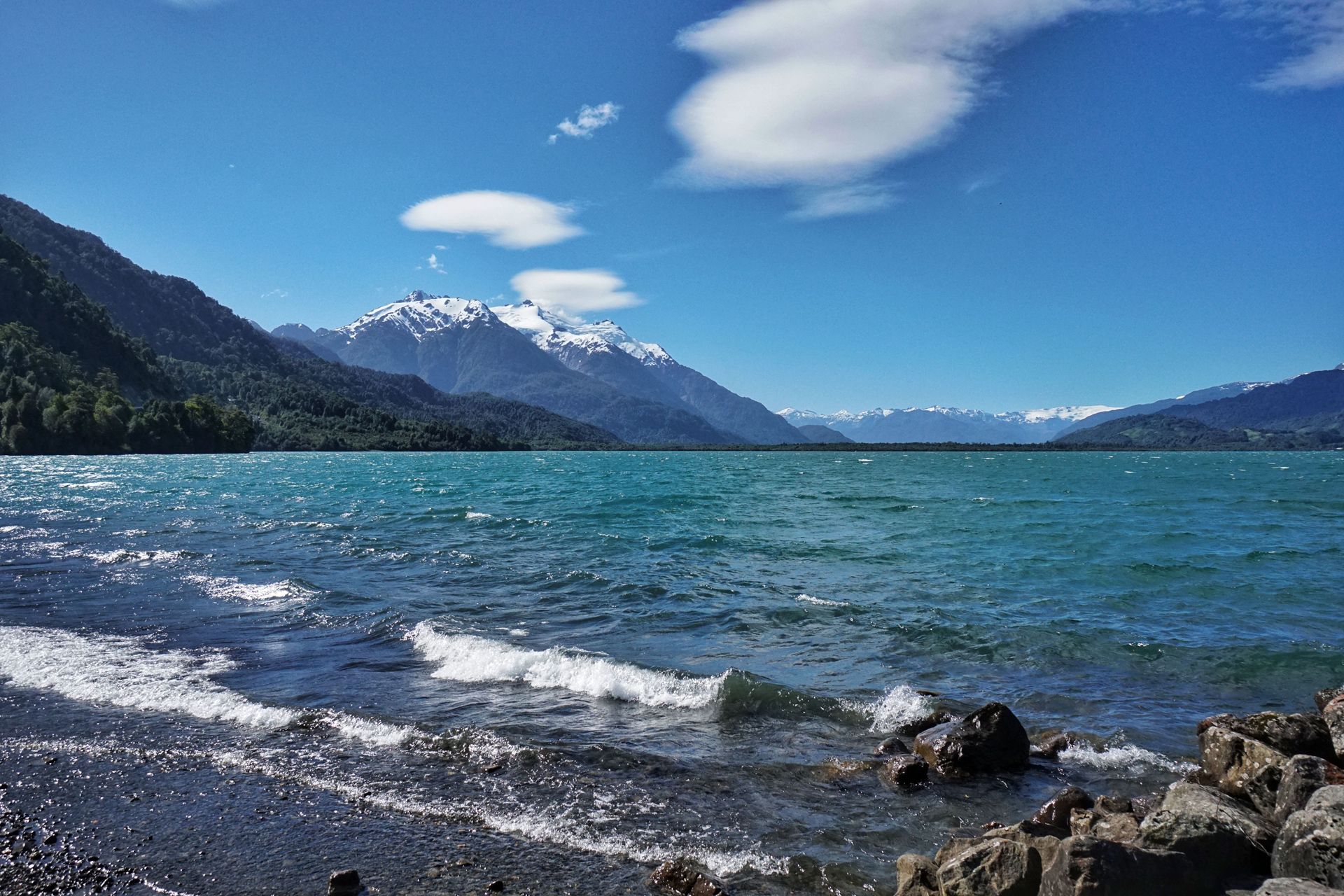
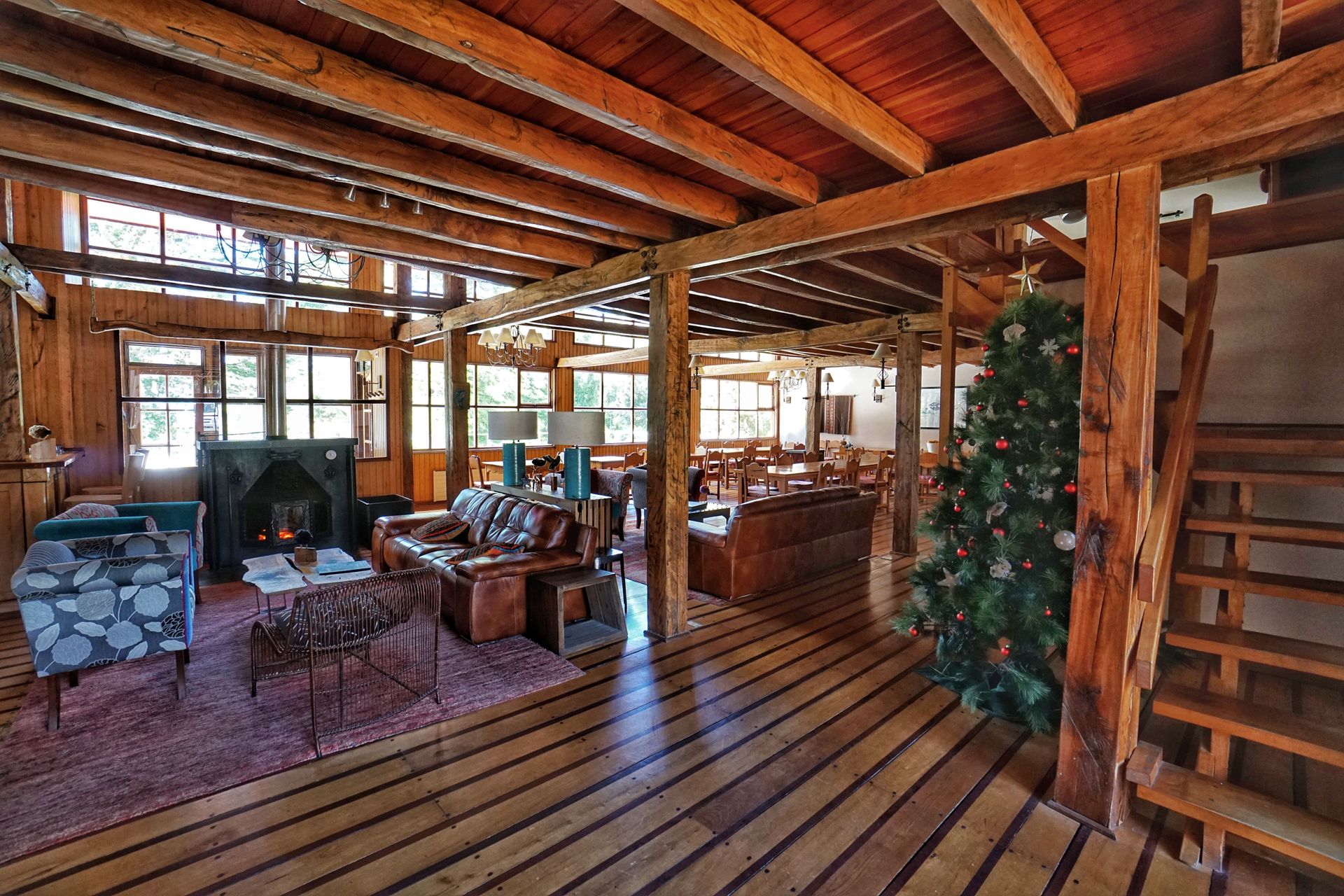
After a good night's sleep and fortified by pancakes, we continued to the first glacier that we were able to observe up close. The backdrop in which this Hanging Glacier is embedded in Parque Nacional Queulat could not be more picturesque: Surrounded by dense jungle, after a hike through this jungle, you catch sight of the glacier hanging over a cliff with its waterfalls and its lake fed by them. We agree that this sight was one of the most fascinating on all our travels so far. As if that weren't enough, you can hear the cracking and breaking of the glacier throughout the gorge, and with a little patience, you can even see ice chunks falling from it. Unfortunately, we once again ended up on a gravel campsite, but now we have a hammer!
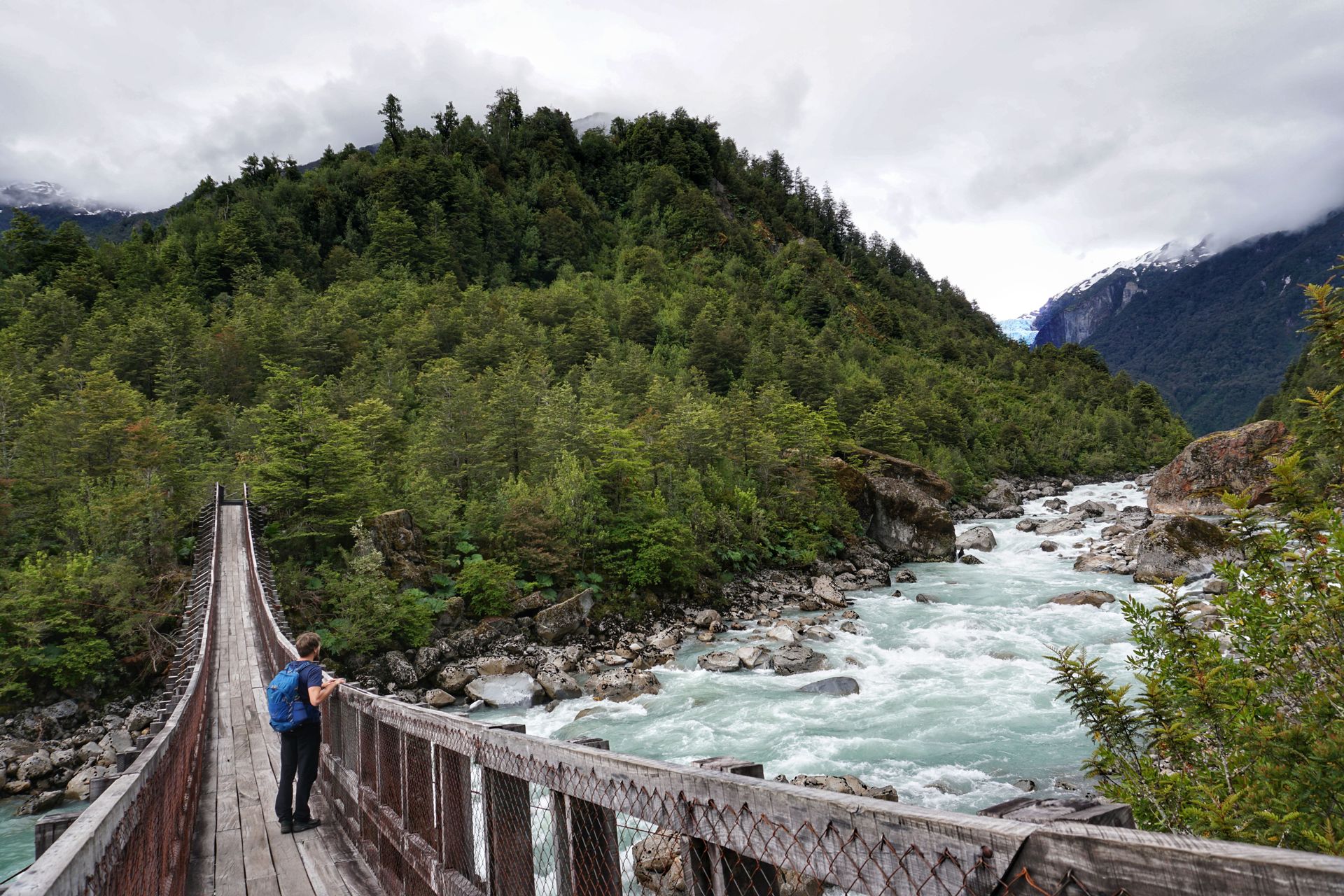
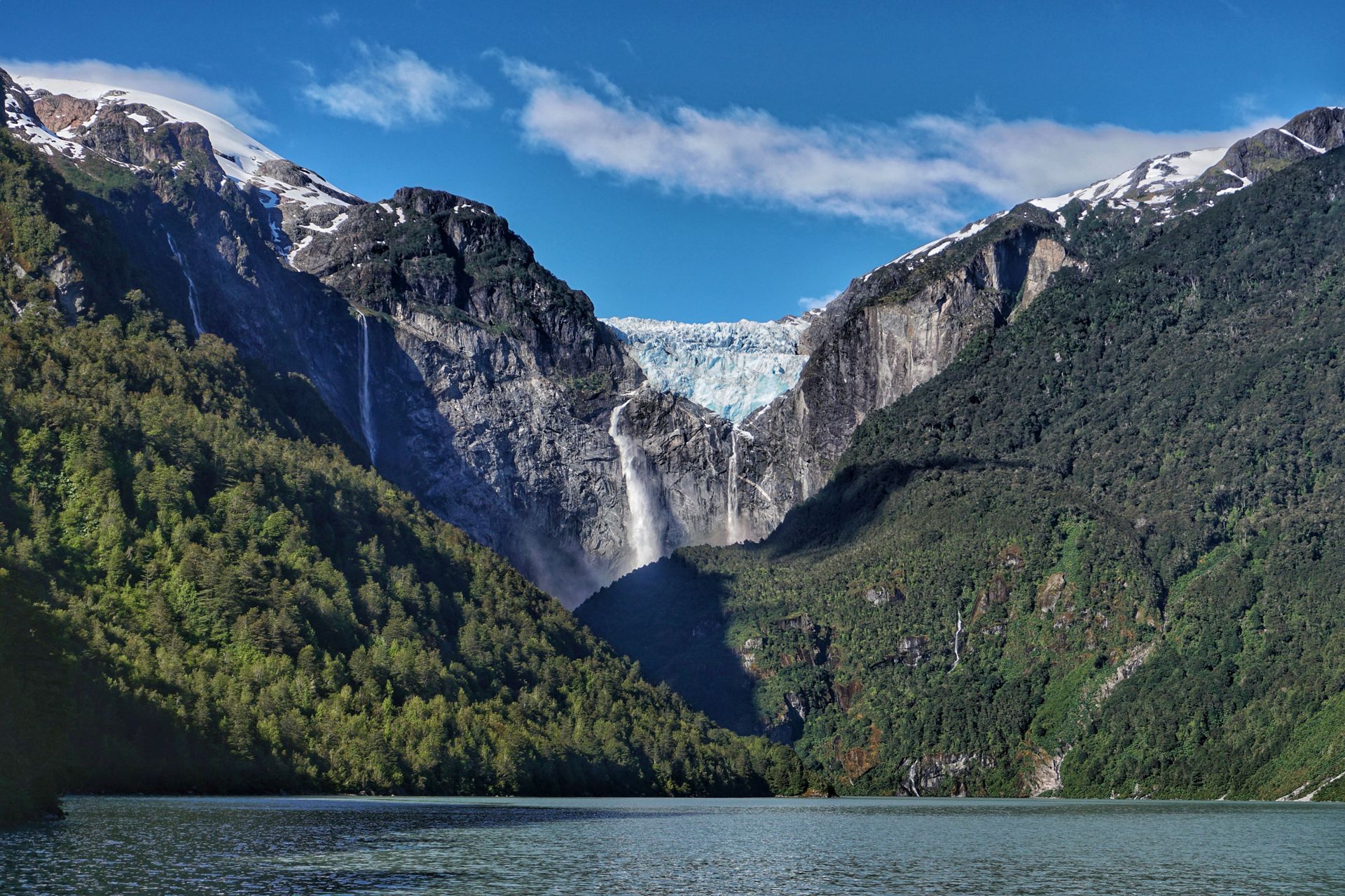


The remaining stretch can be described with one word: lupines! No matter where you looked, there was a sea of pink, purple, and yellow lupines, dancing in the wind and complementing the surroundings of mountains, lakes, and rivers.

However, we realized on the next campsite that these flowers would cause someone a lot of trouble. For this, we need to mention something that we have left out so far: We were not the only ones traveling the Carretera Austral; there were also some hitchhikers and, above all, cyclists. We have the utmost respect for them, especially since the road conditions are already difficult to handle with a bicycle, but the weather conditions, with so much wind and rain, eventually drive even the toughest ones to despair.

Therefore, it was a matter of course for us to offer our help immediately when a young Scot and his wife, who were on a bicycle tour, told us about their misfortune. Somewhere along the last 40 kilometers they had covered, he had lost his rain jacket and camera, and during the ride, he hadn't even noticed. So, we packed them into our car and drove the route to find the blue rain jacket. You would think that a blue jacket on the roadside cannot be missed. However, between millions of purple lupines, it's a bit more difficult. Unfortunately, we were unsuccessful, and we had to leave the Scots without rain protection and holiday photos, which broke our hearts.
But anyways, our further drive on gravel roads took us through beautiful fields of flowers, small lakes, and mountains.


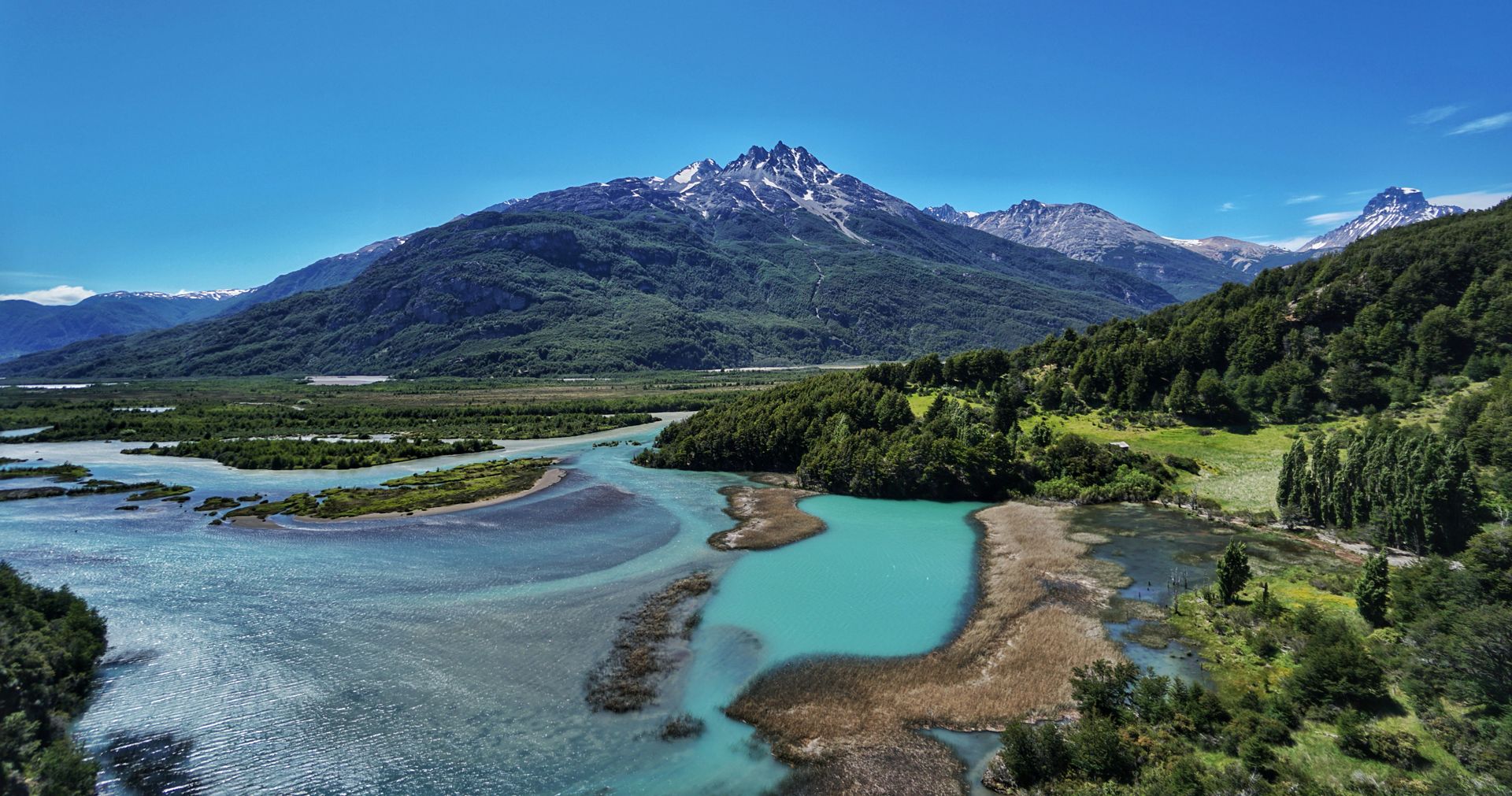
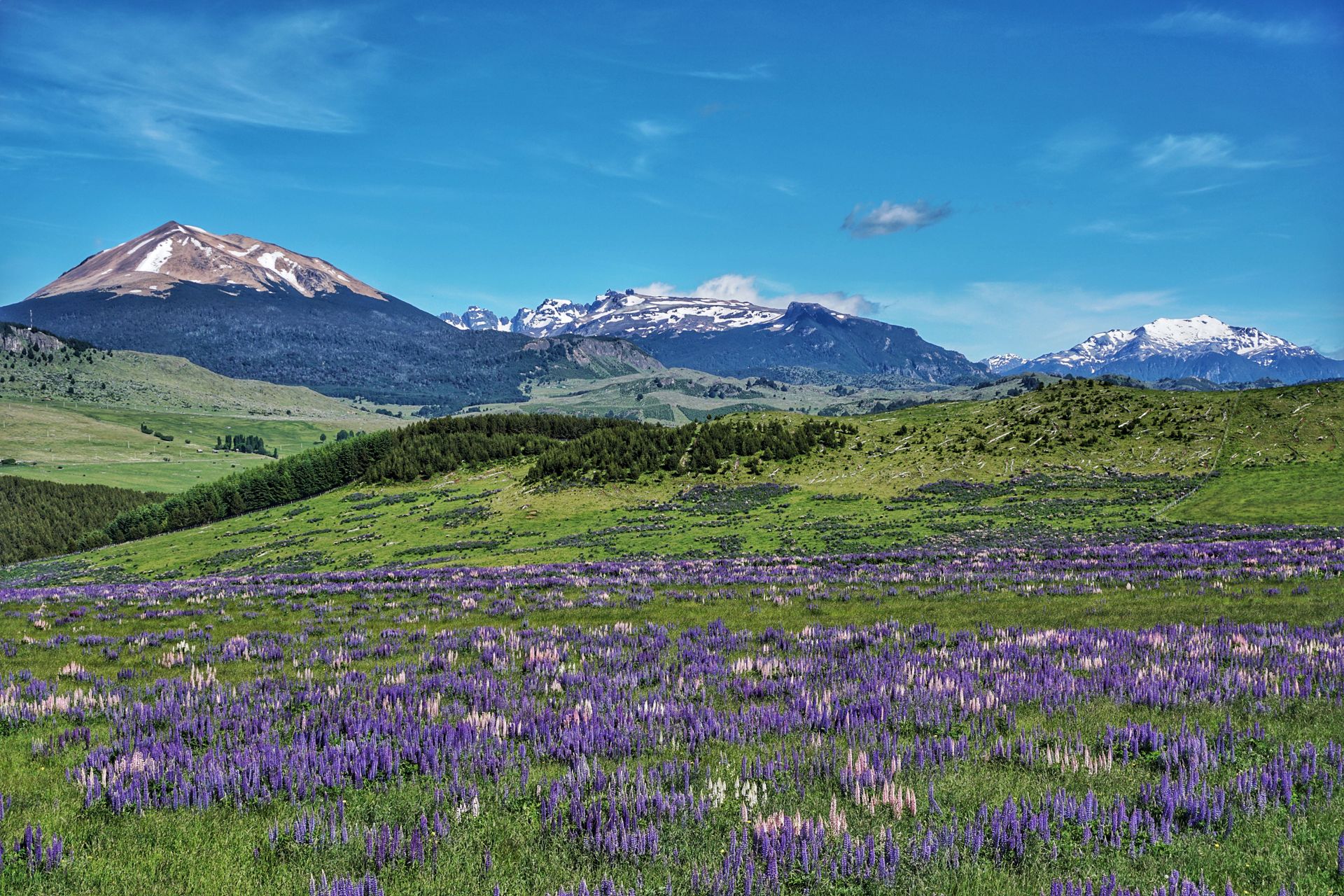

After a whole day of driving, because you can never drive faster than 50 km/h on these roads, we finally arrived in Puerto Río Tranquilo. This place is located on the edge of the huge Lago General Carrera and offers two famous attractions: Valle Exploradores and Capilla de Mármol. Therefore, we planned to take a few days of rest here and explore the lake, the valley, and the marble caves. However, an important experience while traveling is that not all plans always work out.
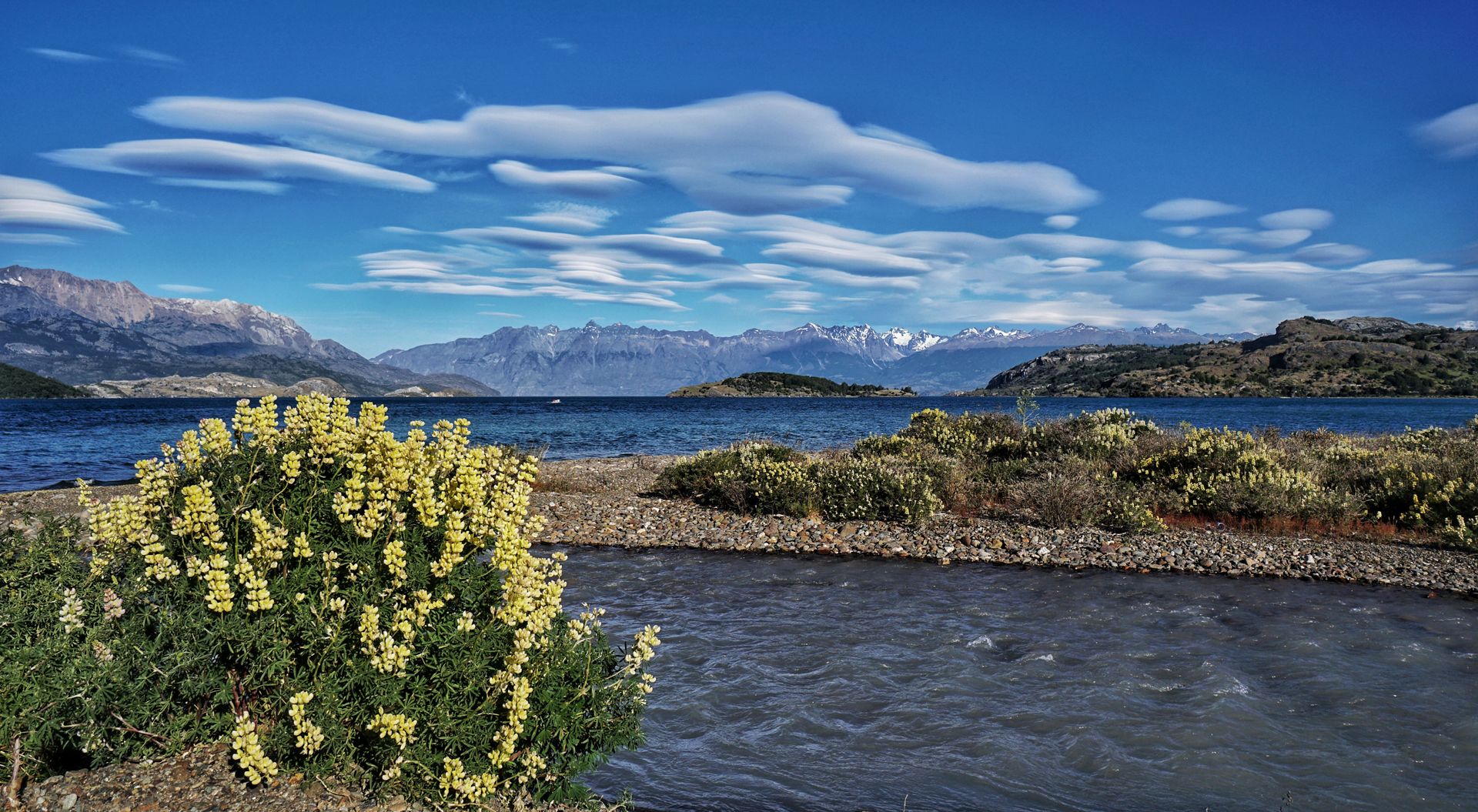

Our first excursion was supposed to be a drive through the highly praised Valle Exploradores with a hike to a glacier. Unfortunately, nobody had told us that the road into the valley simply ends in the lake after about 20 km of gravel roads and reappears after 20 meters. We briefly considered maneuvering our SUV through the lake but then realized that there are small boats available for this crossing, which is probably a clear sign that you shouldn't drive a car through there. Later, we found out that the valley can only be explored through booked tours in recent years (maybe that could have been mentioned at the beginning of the road, but okay).

As a result, we used the day otherwise and headed straight for the boat dock for Capilla de Mármol. These marble caves can only be reached by small motorboats across Lago General Carrera and stretch along the coast for about 1 km. After waiting for over an hour for calm weather, the boat tour finally started with some other Germans and two really cool tour guides, and it turned out to be a real highlight. Since we followed a secret tip and drove to a boat dock 8 km away from the town Puerto Río Tranquilo, we were the first to arrive at the caves and could explore them completely on our own from all angles. Our guides took us through narrow tunnels and beautifully patterned vaults. Below us shimmered the crystal clear and brightly turquoise water, and in front of us, there were white, gray, and black patterned marble caves. There could not have been a better alternative to our planned glacier hike.

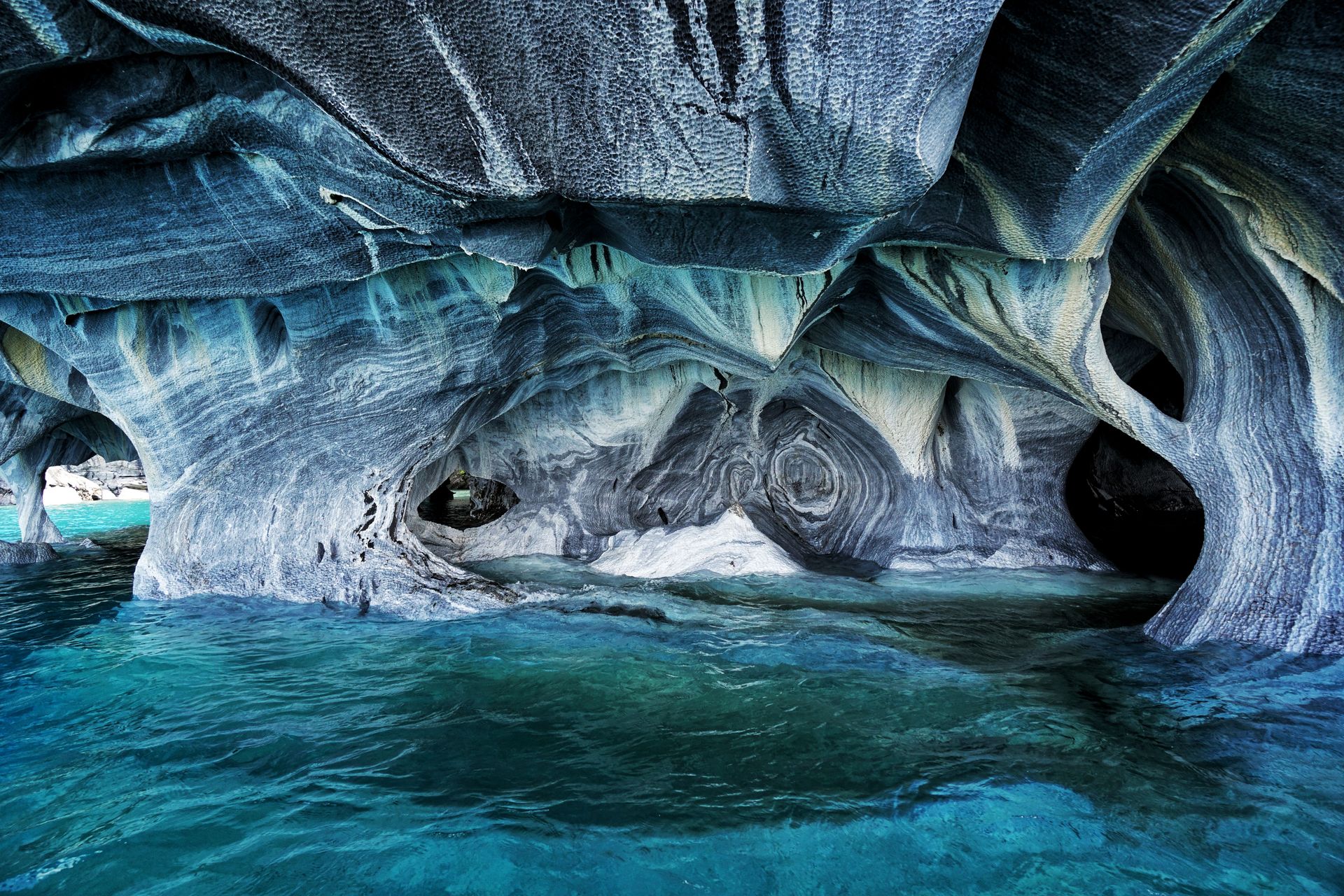

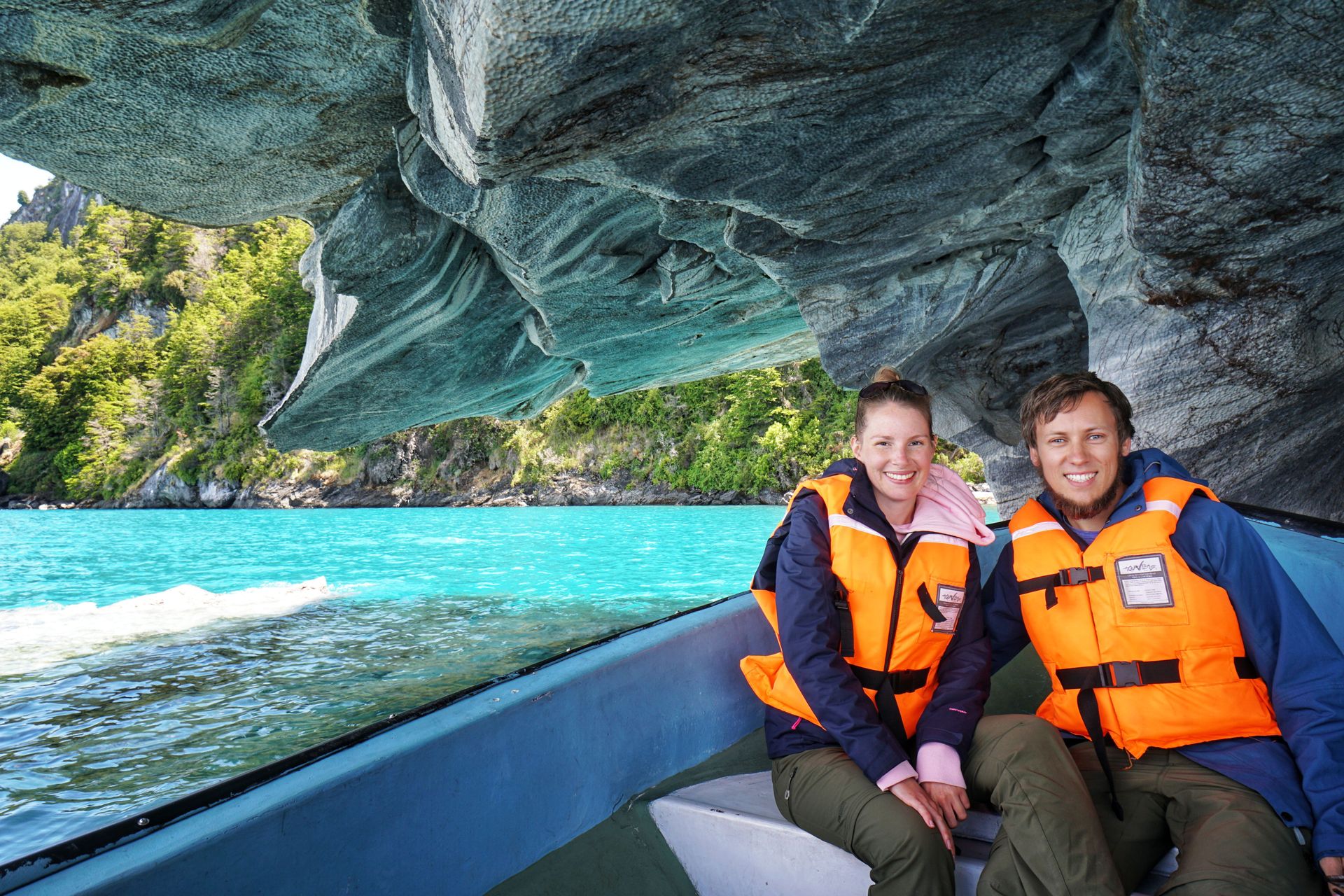
To take full advantage of the good weather, we then continued to Río Baker, the most water-rich river in Chile, which impresses with its brilliantly turquoise color. The contrast to normal rivers is particularly noticeable at the Confluencia Río Baker y Neff. Here, the turquoise-colored river meets another one that resembles German rivers in its color. This beautiful sight marked the end of our journey on the Carretera Austral. This road is famous for a reason, and despite the many reports and movies you can see about it, you have to experience it yourself to understand its unique atmosphere. We would do it again at any time.

And let's not forget: Feliz navidad, or Merry Christmas from the bottom of our hearts to all our loved ones! ♡ And have a happy New Year!
Song of the Carretera Austral: Feliz Navidad – José Feliciano
Бюллетенге жазылыңыз
Жооп (1)
Dave
Wow, tolle Bilder und Geschichten. wir werden die heute Abend auf pascal's neuem Beamer in voller Größe ansehen. Ich möchte alle Bilder in meinem neuen Schlafzimmer aufhängen oder selbst hinfahren.
Felix Nuevo anos
Mama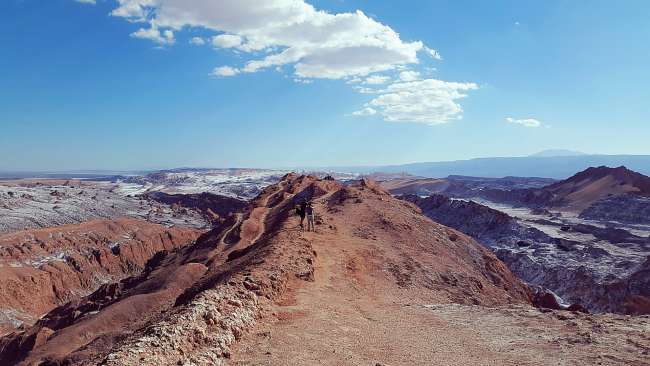
Саякат баяндамалары Чили
